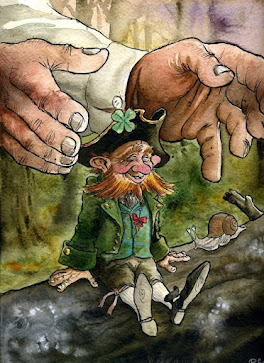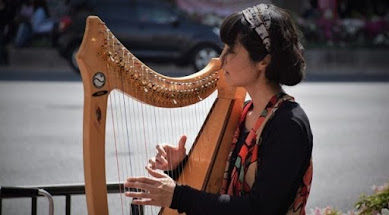Irish heritage and culture
Ireland has been passed down through the years with a rich and lively cultural history. The nation's customs, music, dancing, language, and, of course, its cuisine and beverages all reflect this legacy.
Irish Gaelic, the language of Ireland, is among the most significant elements of Irish heritage. Irish Gaelic has a significant presence in the nation and is taught in schools, used in literature, and spoken by numerous communities despite the fact that English is the country's primary language today.
Irish dancing and music play a significant role in the culture of the nation. Irish music and dance are essential to the nation's cultural character, from the dynamic and colorful step dancing to the traditional folk music played on instruments like the fiddle and harp.
The folklore of the Irish, which is rich and full of myths, legends, and stories of magic and adventure, is also well known for its storytelling proclivities. Since ancient times, this storytelling custom has played a significant role in preserving the nation's cultural identity.
A significant festival in Ireland, Saint Patrick's Day is observed on March 17 and honors Irish culture and tradition. The Irish diaspora around the world has commemorated the day with parades, music, and traditional Irish cuisine and drink.
Ireland has seen a rise in interest in its cultural heritage in recent years, with many people rediscovering their ancestry and learning more about the rich customs and history of the nation. Irish heritage and culture continue to play a crucial role in the lives of the Irish people and are a significant element of the nation's identity, whether through music, dancing, language, or gastronomy.







Comments
Post a Comment